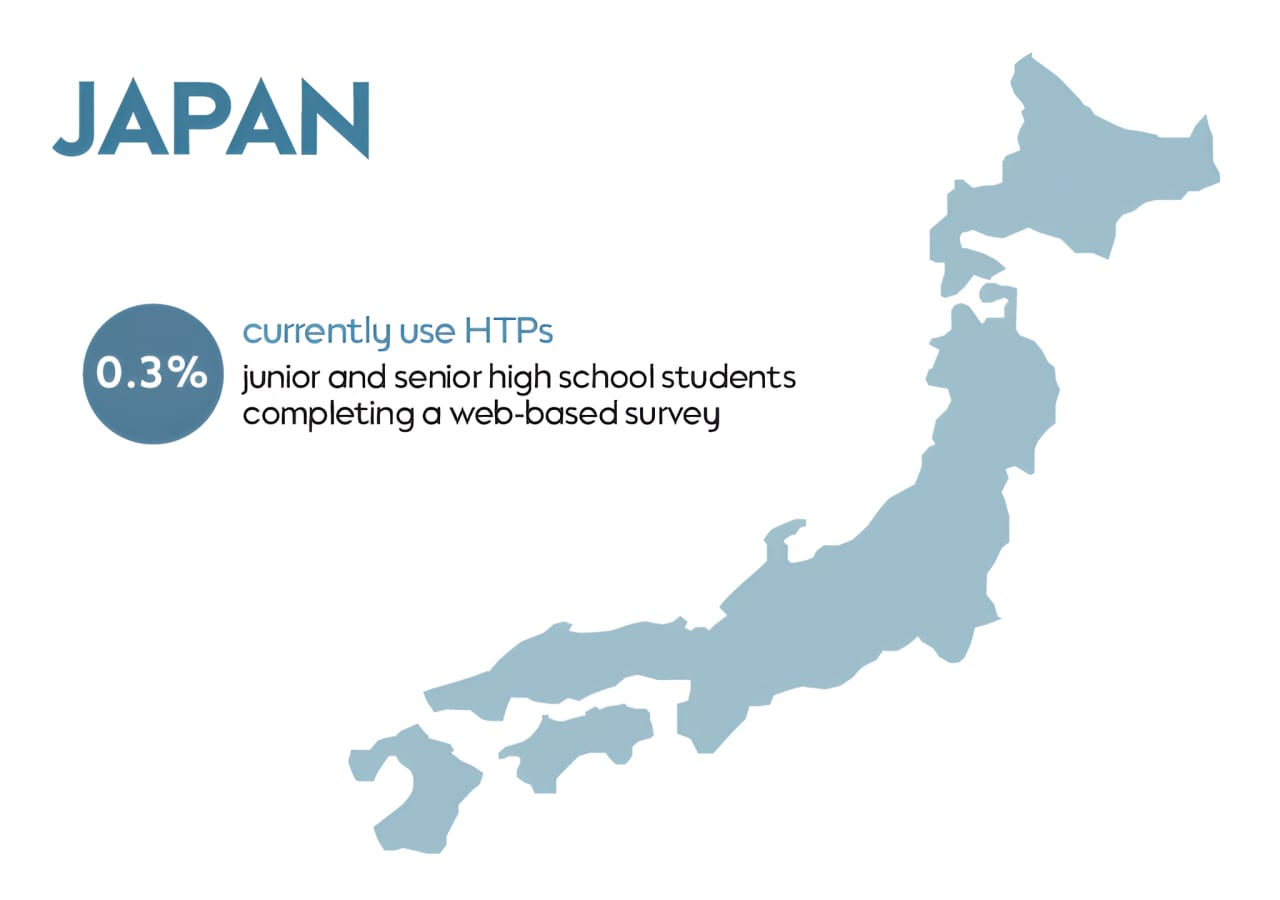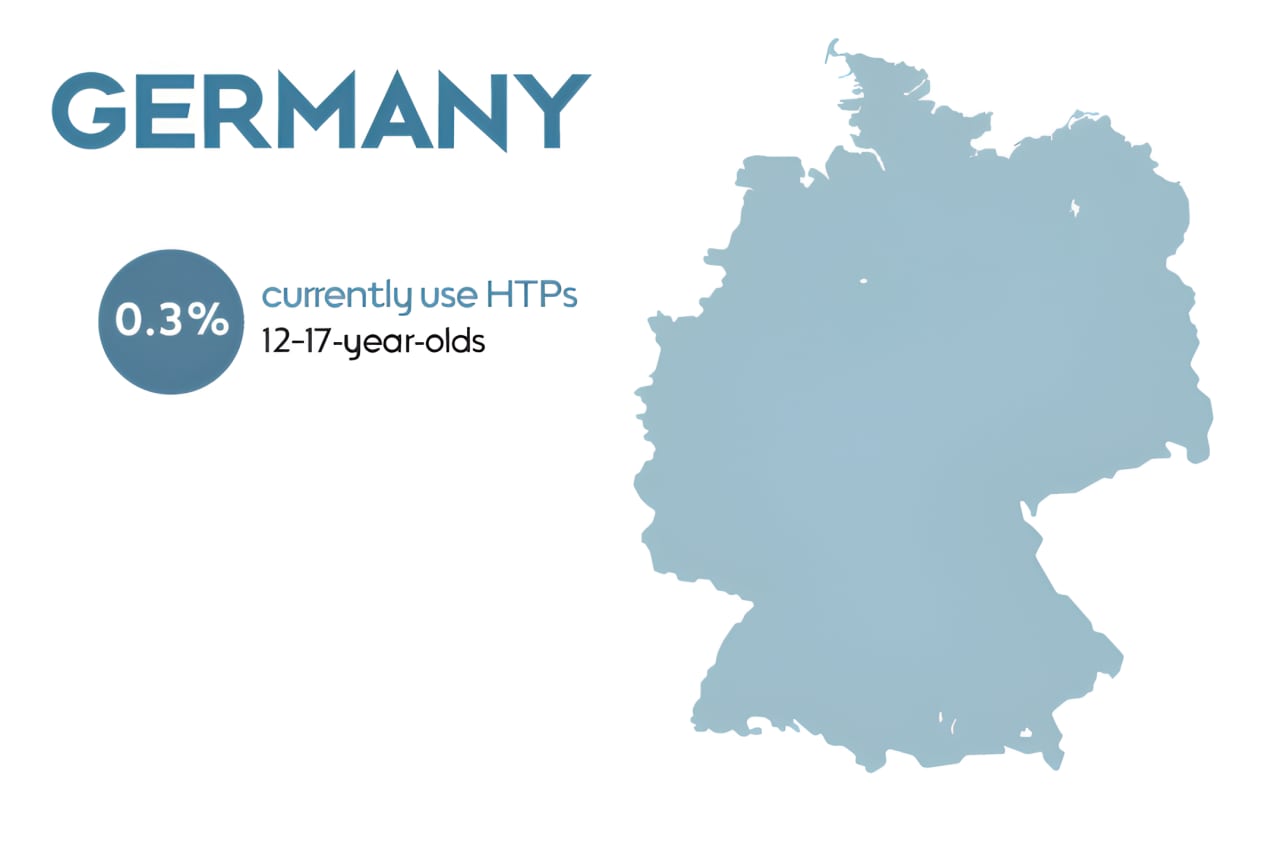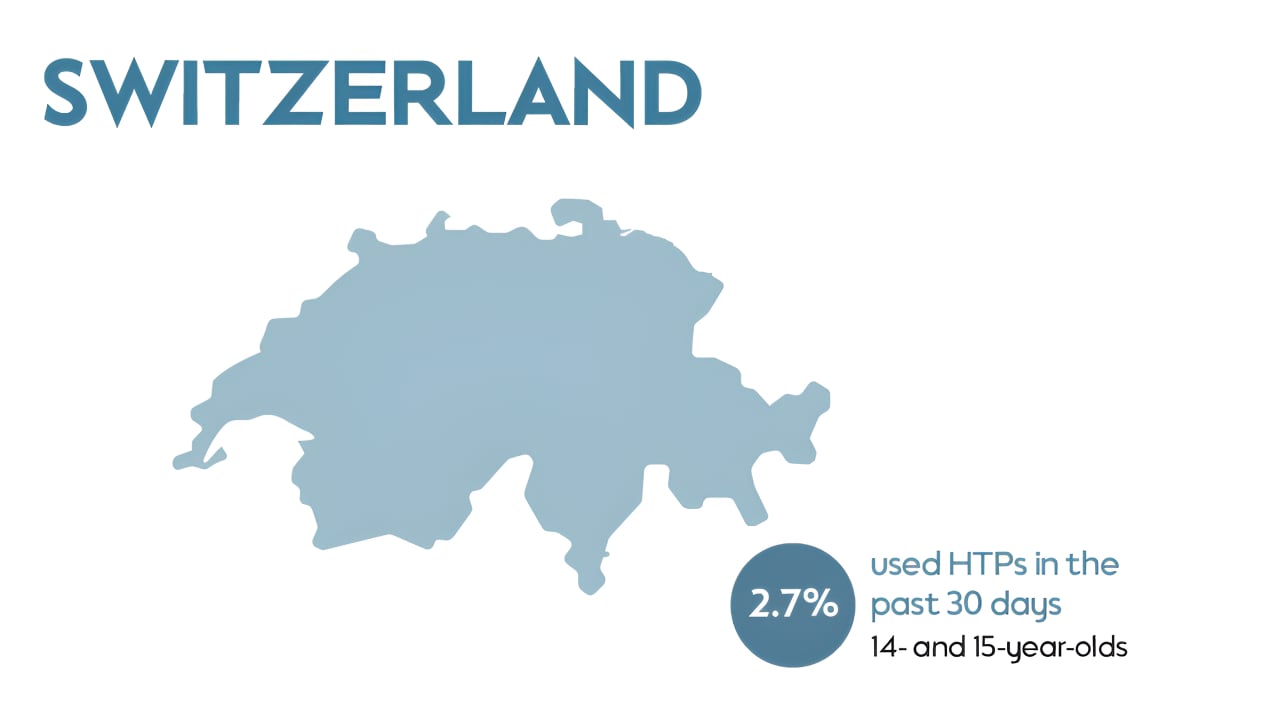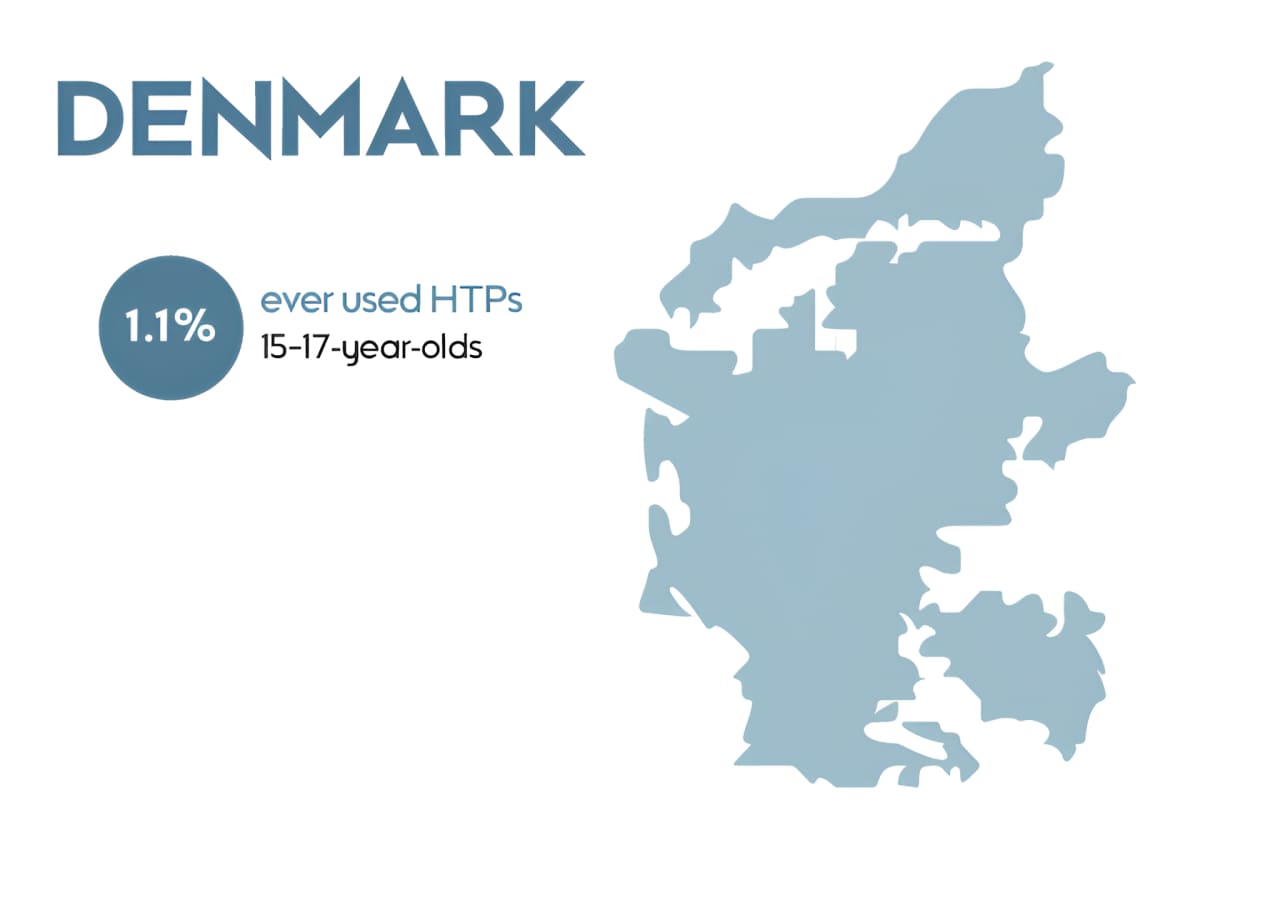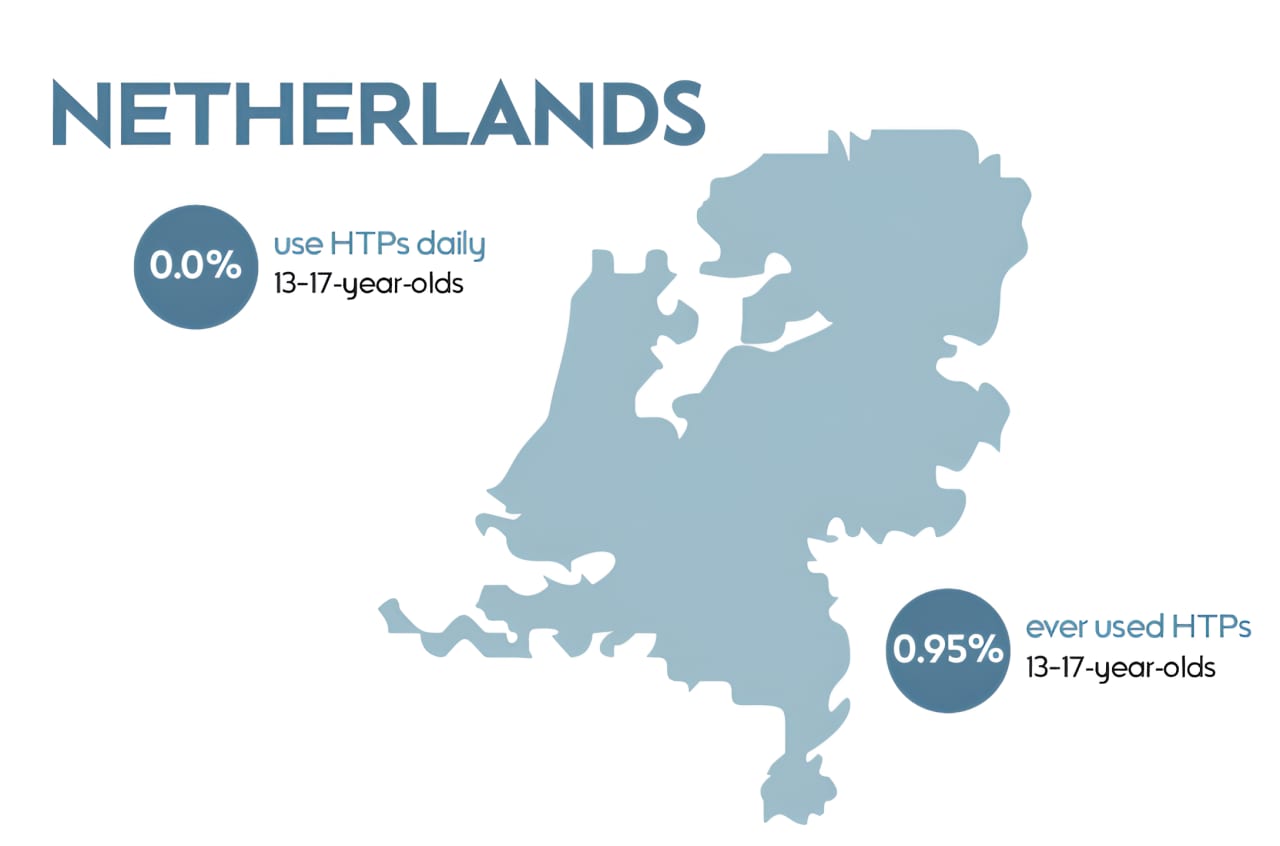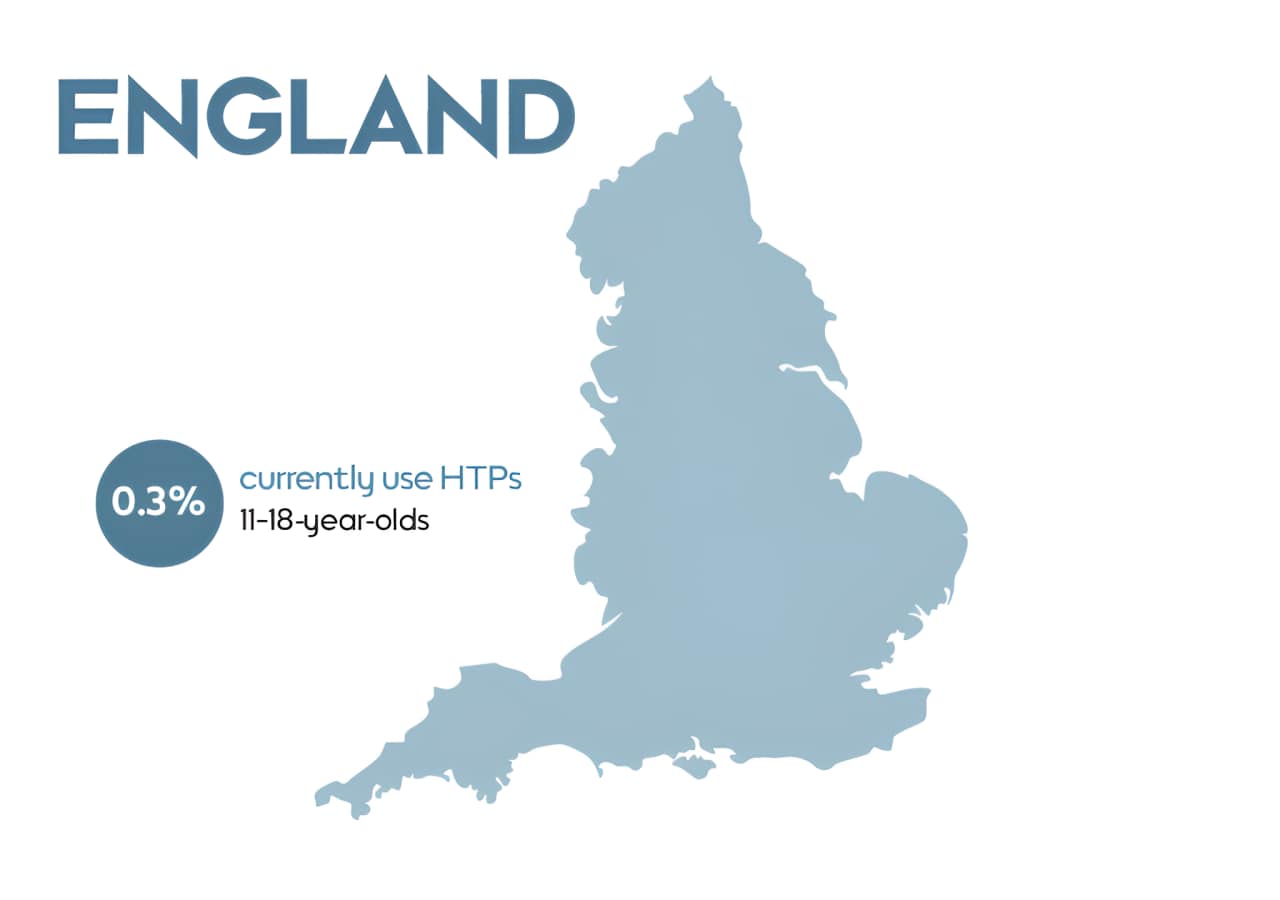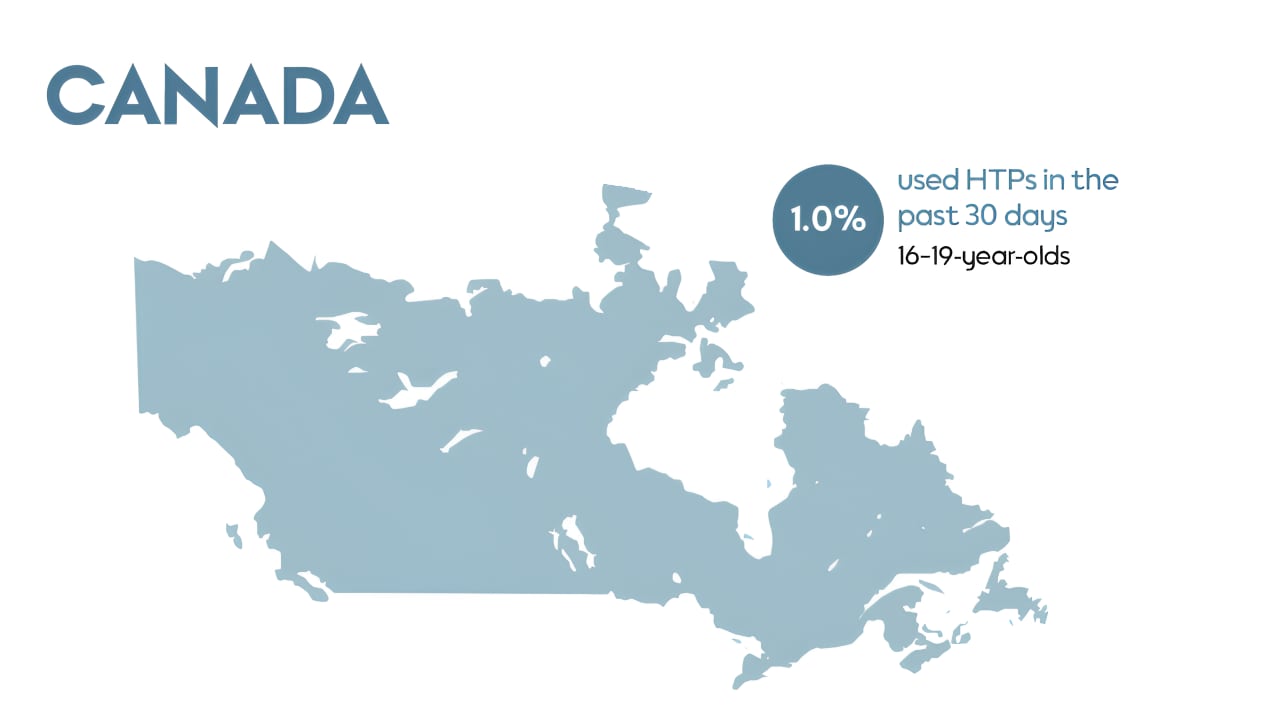Youth should not use any nicotine-containing product
For years, young people have been rightly warned not to smoke cigarettes. With the current rapid pace of innovation in the tobacco products space, that crucial conversation must evolve as new products arrive. We must be emphatic that youth should not use any nicotine-containing product. Period. Nicotine is addictive and is not risk free.
We know that great care must be taken when new, innovative smoke-free products are introduced to the market. Youth should not become nicotine users. Former smokers and never smokers should not start using tobacco or nicotine products. The focus must be on providing better choices to adults who would otherwise continue to smoke. But what’s happening now that smoke-free products have been introduced to the market?
We report here the results of surveys from multiple countries on heated tobacco product (HTP) use among teenagers. The latest reports (reviewed on this page, below) suggest that the percentage of youth users has remained small. Nevertheless, it is essential that we maintain vigilance and prevent the use of HTPs by this unintended audience.
Better choices for public health
Considering the tobacco harm reduction equation, two factors are equally important to have a positive impact on public health. First, a smoke-free alternative must be scientifically substantiated as significantly less harmful than cigarettes. Second, this alternative should be satisfying for its intended audience only, current adult smokers. Not only is it important to encourage intended users to pick up a smoke-free product and stick with it, but it is equally important to minimize use by unintended users. That includes never smokers, former smokers, and youth.
Philip Morris International (PMI) does not carry out studies on youth use. Based on the data that have been collected on adult smokers in Japan, Italy, and the U.S., the U.S. Food and Drug Administration (FDA) concluded that available data, while limited, also indicate that few non-tobacco users would be likely to choose to start using the Tobacco Heating System (THS), including youth.
Now that HTPs have been available in multiple countries for several years, more data on that point have become available. However, because we don’t conduct research involving participants under the legal age for tobacco use, we need to rely on the data and conclusions reported by the global scientific community to understand whether youth are using HTPs.
There is currently no global standard, in terms of data collected or terminology used, for research on youth use. For example, the terms ‘ever used’ or ‘lifetime use’ have both been recorded to signify ever having tried a product. Likewise, subjects who use products more regularly might have to tick a box marked ‘occasionally’ or, in a different study, ‘at least once in the past month’. Not all studies even measured regular use of products. Alongside this lack of a shared terminology, there is wide variation between age ranges studied; 12–17-year-olds, 14- and 15-year-olds, or ‘high school students’ (no ages supplied), for example. In addition, it is not always clear whether the percentage of youth users of HTPs are using several products at once. As a result, data cannot be directly compared between studies. However, trends can be observed.
Most surveys worldwide show low prevalence of HTP use by youth
Although only a limited number of studies have researched youth use of HTPs, there are some data available, mostly from countries where HTPs are sold. Generally, the data show that the population most likely to use HTPs are current adult smokers, with low uptake by youth. Data from studies conducted in Japan, Germany, Switzerland, Denmark, the Netherlands, England, and Canada, by local health ministries and organizations, find that HTP use among youth is in the low single-digits percent.
Youth should not use any nicotine-containing products. The issue of youth use must be addressed both from a regulatory point of view and by applying responsible marketing practices by manufacturers, and industry stakeholders, including retailers. Beyond our existing responsible marketing practices, we continue to look for, test, learn, and develop technology to guard against unintended use, unintended access to product information and purchase, and prevent youth from initiating nicotine use or using our smoke-free devices. Managing the social impacts of our products by ensuring that they do not reach unintended audiences is a priority, and we continue to put in place youth access prevention safeguards in our direct and indirect retail channels.
Overview of key findings from recent studies involving participants under the legal age for tobacco use
Japan
According to the 2022 Lifestyle Survey of Adolescents, a nationwide cross-sectional survey of Japanese youth conducted for comprehensive research on lifestyle-related diseases by the Ministry of Health, Labour and Welfare, Health Science Research Fund in Japan, 0.3% of junior and senior high-school students report current use of HTPs. The study compared response rates to web-based (n=6,287) and paper-based (n=9,539) surveys among junior and senior high school students. 0.3% of students who took the web-based survey reported current use of HTPs. The percentage of students who had ever used HTPs (classified as ‘lifetime use of HTPs’) was 1.1% in the web-based survey.
Germany
According to Germany’s Alcohol Survey 2021, around 0.3% of 12–17-year-olds reported past 30-day use of heated tobacco products, which the report considers as ‘current users’ of HTPs. The survey, conducted by the country’s Federal Centre for Health Education, included questions about the consumption of cigarettes, HTPs, waterpipes (or hookahs), e-cigarettes, and e-hookahs. Just over 7,000 adolescents and young adults between the ages of 12 and 25 were surveyed using computer-assisted telephone interviews. The data showed that, in 2021, a total of 6.1% of all 12–17-year-olds sampled smoked, while 82.9% had never smoked. In comparison, 1.2% of 12–17-year-olds surveyed had used an HTP at least once.
Switzerland
According to the World Health Organization-sponsored study Health Behaviour in School-aged Children (HBSC), 2.7% of 14- and 15-year-olds reported using HTPs at least once in the past 30 days. These figures for HTP use are considerably lower than those for the use of e-cigarettes (e-vaping products), which 21% of 14- and 15-year-olds had used at least once in the past 30 days, and conventional cigarettes, which 12.5% had used at least once in the past 30 days.
HBSC is conducted every 4 years and includes more than 50 countries. In Switzerland, HBSC is conducted by Addiction Switzerland and financed by the Federal Office of Public Health (FOPH) and most of the Swiss cantons. The results of the 2022 study were published in 2023 and include results from 9,345 adolescents aged 11–15-year-old.
Denmark
Daily or occasional HTP use was not reported by 15–17-year-olds surveyed. A study carried out by Denmark’s National Institute of Public Health collected responses from 13,315 15–29-year-olds between February and March 2020. The authors noted that 1.1% of 15–17-year-olds questioned had ever tried HTPs.
The Netherlands
Daily use of HTPs was not reported by 13–17-year-olds surveyed. A survey involving adolescents and adults in the Netherlands between September and October 2020, reported that 0% of 13–17-year-olds questioned (n=406) were daily users of HTPs. The study authors from the Centre for Health Protection, National Institute for Public Health and the Environment noted that 0.95% of the 13–17-year-olds questioned had ever used HTPs.
England
Current use of HTPs was reported by 0.3% of 11–18-year-olds. According to the Action on Smoking and Health Youth survey in 2021, 0.9% of young people aged 11 to 18 surveyed (n=2,151) had tried but no longer used HTPs, with 0.3% reporting current use of HTPs. In a separate study carried out by the International Tobacco Control Policy Evaluation Project, involving 16–19-year-olds in England (n=4,224), 1.5% said they had ever tried HTPs but not used them in the past week and 0.7% had used HTPs in the past week.
Canada
1% of 16–19-year-olds questioned in 2019 (n=4,135) reported using HTPs in the past 30 days according to researchers at the School of Public Health and Health Systems in Ontario. This is an increase from the previous year (2018, n=3,845) when 0.6% was recorded. According to the report authors, youth past 30-day and nicotine product use increased from 2017 to 2019 in Canada, largely due to increases in vaping and other non-combusted products.
